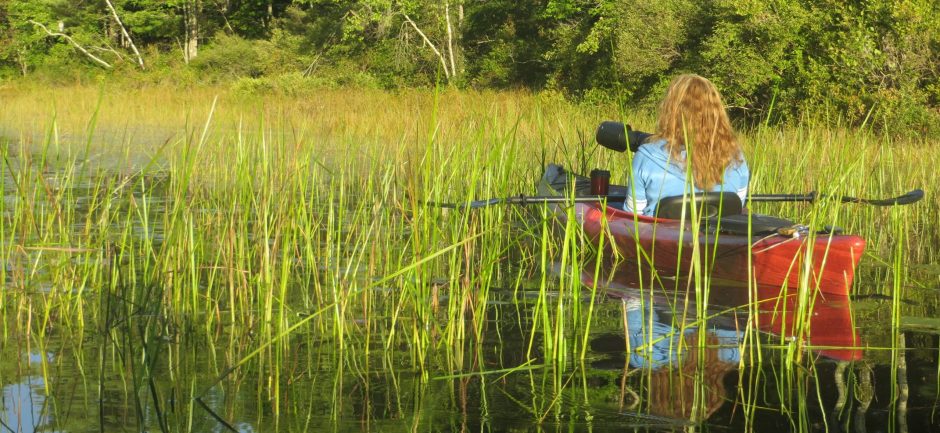Listed below are some of my favorite classroom lessons and projects used specifically for Mystery of the Missing Fox. Additional projects can also be found within the curriculum guides for books 1, 2 and 4, and be easily tweaked for use with Missing Fox.
Come visit again for updates, and please don’t hesitate to contact us if you have any questions.
Prime The Pump
Much of my research for Mystery of the Missing Fox took place as I monitored a fox den on our campground property with my camera, while hiding under a camouflage cloak or behind bushes. In fact, Chapter 1 is based on my finding the den for the very first time! Before I’d found the fox den, I didn’t know much about foxes, their calls or their behavior. As it turns out, they are very, very interesting!
What Do You Already Know About Foxes?
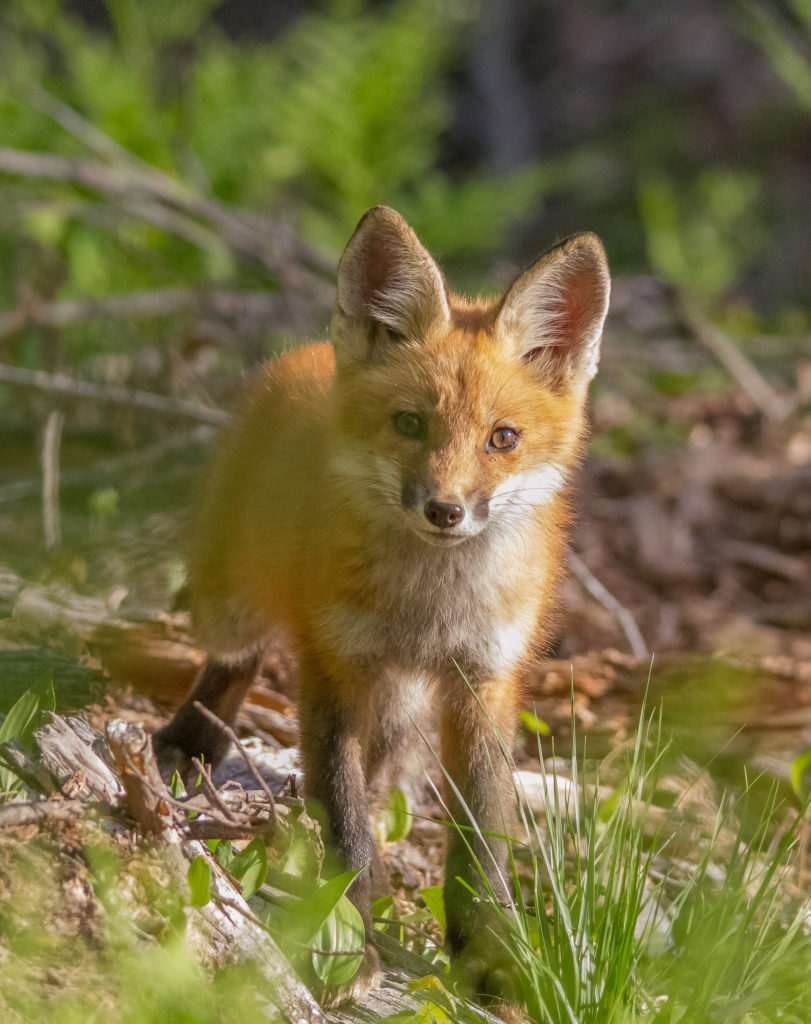
Hand out an ABC organizer and ask students to give a fox fact or word for each letter, to get them thinking about the featured animal of the book. For Example:
A = adaptable
B = burrow
C = coyotes (are predators)
D = dogs (male fox)
Note: You can also do this with the word campground for the story’s setting
Or try this Prior Knowledge Inventory Sheet, where students list some words they know related to the subject, three facts they know, two experiences they’ve had and two things they want to know more on the subject.
Writing Activities
1. Have students watch one of the videos below, then ask them to write a paragraph filled with describing words so that someone who hadn’t seen a real live fox at it’s den, might be able to imagine it. This is how I take my research and use it in my writing.
2. Sometimes, if Cooper hears an animal, I need to write the sound he heard in word form. For instance, if he hears a chickadee call, I’d write “Chick-a-dee-dee-dee”. Or if he heard a raven, I’d write “caw-caw”.
Several times throughout the book, Cooper, Packrat and Summer hear a fox “scream”. In the video below, I captured the sound. How would you write that sound so readers can hear it in their mind?
Science Connections
1. The average life span of a red fox in the wild, is only one to five years! What are the dangers to foxes. Who is its biggest predator?
Answer: Coyotes, wolves and humans pose the greatest threat to a red fox, but kits can also fall prey to badgers, dogs and eagles.
2. In the video below, notice how the fox kits do not yet have red fur like their mother. Why might this be?
Answer: To blend in with the spring foliage in the forest
3. Create a Fox Fact Sheet
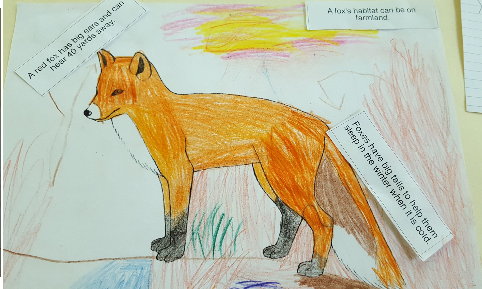
Fun Projects
1. Have a campfire read right in your own classroom! It can be as easy as paper logs, colored tissue paper and tea lights in the center of your room. Put the lights low, spread out blankets to sit on. Add popcorn, hot cocoa or even lazy-s’mores!
(Fluffernutter instead of a marshmallow)

2. After reading Mystery of the Missing Fox, summarize the story using graphic novel storyboards.
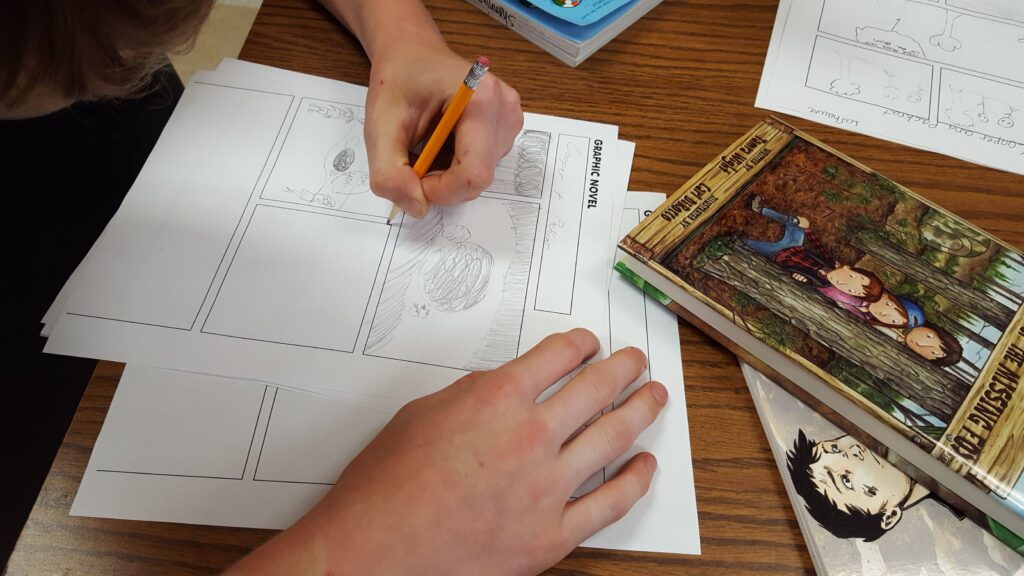
3. Have students listen for all the cool gadgets Packrat pulls out of his pockets. Make a list on giant chart paper, or create the items to put in Packrat’s jacket each time you hear them!
Credit to Ms. Cooper’s Class for this awesome idea!
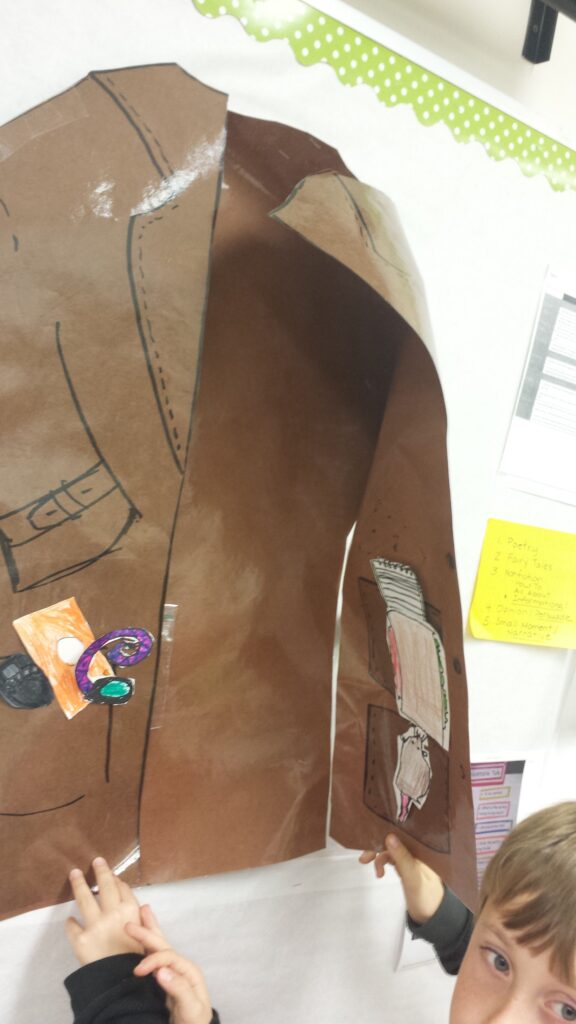
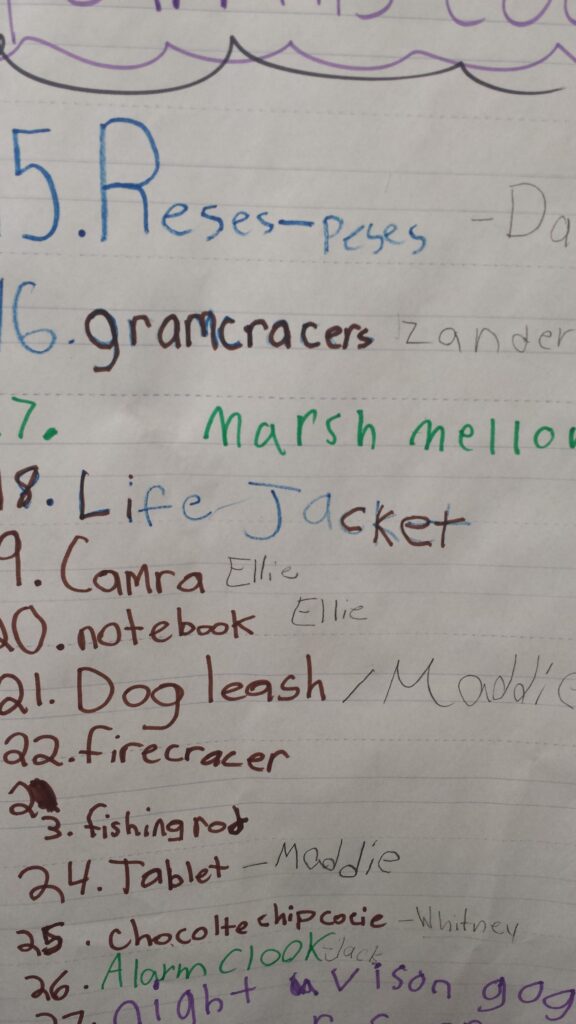
4. Draw your favorite character based on the text. Tell why he or she is your favorite using their character traits.
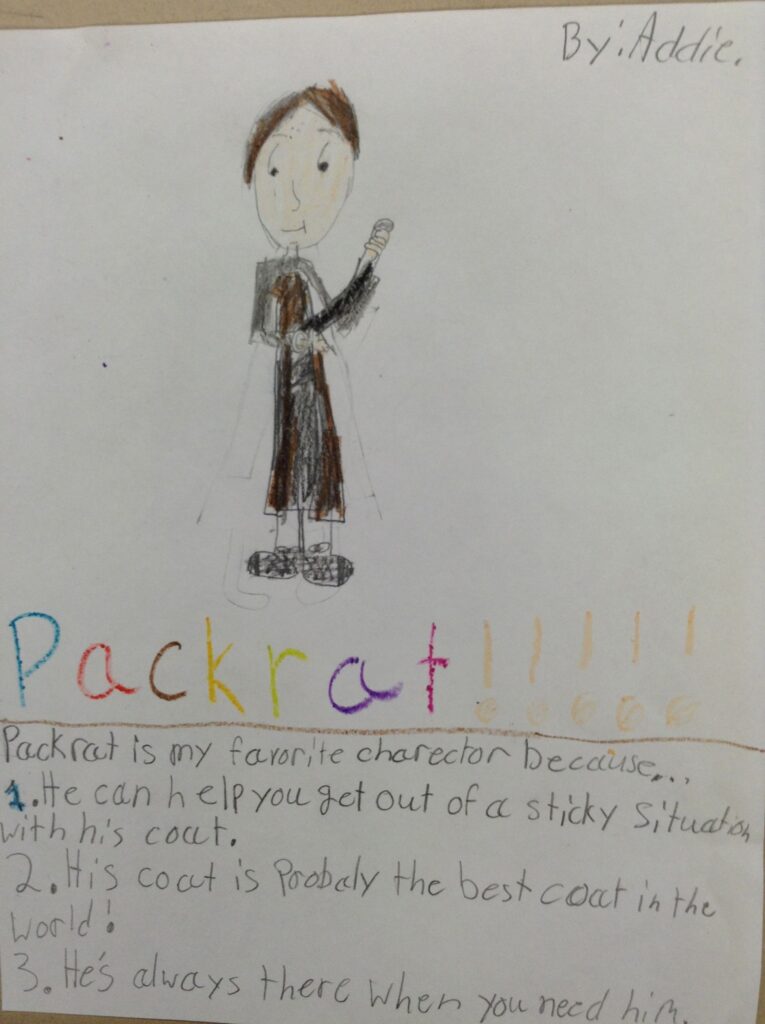
More Information On Red Foxes
Squam Lake Natural Science Center, New Hampshire
Natural Resources Council of Maine: Creature Feature – Red Fox
Maine Department of Inland Fisheries: Living With Wildlife – Foxes
